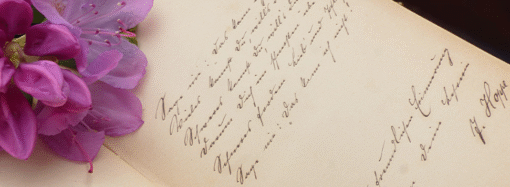A recent tweet by conservative columnist and vlogger Dennis Prager about the news media posing a greater threat to “Western civilization” than Russia has prompted a fierce backlash on online media.

It has also indirectly given voice to an age-old question about Russia: is she Western, or not? Are Russia and America bound by the same ties that unite us with Europe? Or is Russia something other, a stranger to the international order crafted by the ascendancy of European culture?
The answer? Well… it’s complicated.
There are historically two schools of thought on the subject. The first, headed by the Marquis de Custine, views Russia as indelibly Asiatic and implacably alien to Europe, shaped in particular by its long rule under the Mongol hordes. In Custine’s telling, the Russian people had “just enough of the gloss of European civilisation to be ‘spoiled as savages’, but not enough to become cultivated men. They were like ‘trained bears who made you long for the wild ones.’”
Though modern liberals, progressives (and some conservatives) who buy into anti-Russian rhetoric would never be so gauche and unguarded as to give voice to such racially-tinged sentiments, Custine’s travelogues in fact provide the historical basis and thrust of their thinking. Prager’s tweet itself – placing Russia as an external threat of less concern than the internal one posed by the news media – implicitly assumes this view, even as it downplays its significance.
The second school of thought sees Russia as fundamentally European, a source of principles which have been preserved from the upheavals of modernity and can be applied to European life. This was the view of Baron von Haxthausen, whose scholarly sociological work, Studies on the Interior of Russia, is something of a long-form rebuttal to Custine. Though he acknowledged the influence of the Mongols on Russian life, he emphasised in particular the commonality of the grassroots culture of the peasant class with that which could be found in Prussia and what is now eastern Germany.
These pictures are further complicated by mediæval school of thought inside Russia which, after the fall of Constantinople to Islam, posited Moscow as the ‘third Rome’ and the new moral centre of European Christendom. Later, two additional rival schools of thinking emerged from Russia: the Westernisers (or zapadniki) and the Slavophils.
Ironically, the Westernisers were the ones who most keenly felt Russia to be an alien to Europe – this was something they felt needed to be rectified by adopting liberal social policies, a parliamentary system of government, market reforms.
The Slavophils, on the other hand, saw and were alarmed by a class divergence between Russia’s élite (who were culturally French and German) and the more Asiatic-facing peasantry. Though the Slavophils’ aim was also West-facing, they believed that Russia needed to build on the peasant experience and cultivate the ‘Eastern’ distinctiveness of the Russian culture, to bring about a synthesis that would save Europe from the extremes of rationalism and utilitarian thinking.
But which of these views is correct? Recent studies of cultural attitudes, like those in the World Values Survey, emphasise that Orthodox countries like Russia tend to share, at least in a moderate form, the sæcular-rationalistic outlook common to the West – but then, so also do non-Western countries like China, Japan and South Korea. The real differences between Russia and the West lie in the fact that survival, social cohesion, economic equality and physical security take precedence over the values of individual self-expression, sexual liberation and tolerance of foreigners that have become normative in the West (particularly Western and Northern Europe).
And so we’re led to the view articulated by Saint Ilya Fondaminsky during the middle of the last century. Saint Ilya’s hope was that Russia would indeed disclose a unique synthesis between those two worlds, though his hopes were dimmed by the rise of the Bolsheviks and his subsequent exile from his homeland.
But his analysis that Russia contains elements of both Western and Eastern civilisations appears to be correct; any attempt to understand Russia will be distorted by accounting for only one of the two halves.
Long seated on the border – an artificial, political-rather-than-geographical one, as Saint Ilya himself takes pains to stress – between Asia and Europe, Russia has long been torn between Western-facing and Eastern-facing civilisational impulses. Its grassroots culture still has a strong impress from the Persianate legacy of the Scythians who lived there and contributed to the ethnogenesis of the Slavs. But trade and cultural exchange with mediæval Greece left a deep mark. Her religious life is borrowed from there; her laws and noble customs from Scandinavia (a legacy of their rule by the Viking Riurikovichi) as well as Mongolia.
If American scholars or politicians want to understand Russia, they must first understand this balancing act they’ve performed throughout their history.
—
Dear Readers,
Big Tech is suppressing our reach, refusing to let us advertise and squelching our ability to serve up a steady diet of truth and ideas. Help us fight back by becoming a member for just $5 a month and then join the discussion on Parler @CharlemagneInstitute and Gab @CharlemagneInstitute!
















Leave a Comment
Your email address will not be published. Required fields are marked with *